Industry information
Company News
- Aluminum veneer customization: an artistic journey to create personalized spaces
- Aluminum veneer customization, creating personalized space and new fashion
- Hyperbolic aluminum veneer: a unique interpretation of architectural aesthetics
- Aluminum veneer, the fashionable new darling of modern architecture
- Aluminum veneer is not just about walls!
Industry dynamics
- How is the application of aluminum veneer in high-rise buildings?
- Aluminum veneer customization, creating exclusive space aesthetics
- Ladies and gentlemen, today let's talk about a little secret in the construction industry - curtain wall aluminum veneer. This name
- Aluminum veneer curtain wall: the bright coat of modern architecture
- High quality and cost-effective wall fluorocarbon aluminum veneer creates a modern architectural style
Frequently asked questions
- What are the types of aluminum veneer?
- What are the applications of aluminum veneer in the construction industry?
- How to apply aluminum veneer in construction and interior decoration?
- What are the applications of aluminum veneer in the construction industry and how can they be improved?
- What are the applications of aluminum veneer in the interior decoration industry?
contact us
Mobile:+86 15627778610
Email: 2201229786
Address: No. 5 Binjiang Road, High tech Zone, Zhaoqing City, Guangdong Province
What impact does the thickness of aluminum veneer have on architectural design?
- Author: Lesilong Technology (Guangdong) Co., Ltd
- Release time: March 3, 2025 21:11:56
- Click:0
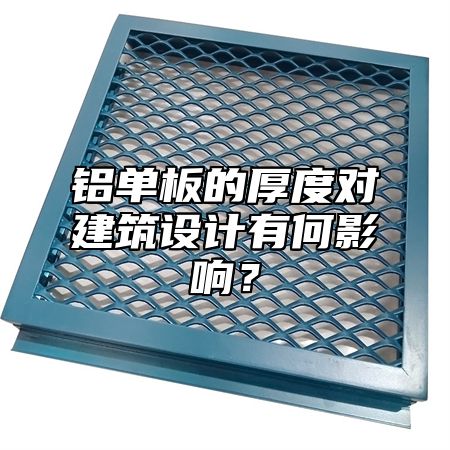
Aluminum veneerAs a type of building material, its thickness has a significant impact on architectural design. This article will provide a detailed introduction from multiple aspects to answer this question.
We need to understand the basic characteristics of aluminum veneer. Aluminum veneer is formed by rolling aluminum alloy sheets and then sprayed on the surface. Due to its lightweight, weather resistant, fire-resistant, and corrosion-resistant properties, aluminum veneer has a wide range of applications in building decoration.
Let's take a look at how the thickness of aluminum veneer affects architectural design:
1. Load bearing capacity: The thickness of aluminum veneer directly affects its load-bearing capacity. Generally speaking, the thicker the aluminum veneer, the stronger its load-bearing capacity. When designing the exterior walls of a building, it is necessary to choose the appropriate thickness of aluminum veneer according to the structure and load-bearing requirements of the building.
2. Thermal insulation performance: The thickness of aluminum veneer also affects its thermal insulation performance. Generally speaking, the thicker the aluminum veneer, the better its thermal insulation performance. When designing the exterior walls of a building, if it is necessary to improve the insulation performance of the building, thicker aluminum veneers can be chosen.
3. Aesthetics: The thickness of aluminum veneer can also affect its aesthetics. Generally speaking, the thinner the thickness of aluminum veneer, the better its surface effect. When designing the exterior walls of buildings, if you pursue a simple and modern style, you can choose thinner aluminum veneers.
4. Cost: The thickness of aluminum veneer also affects its cost. Generally speaking, the thicker the aluminum veneer, the higher its cost. When designing the exterior walls of a building, it is necessary to choose the appropriate thickness of aluminum veneer according to the budget.
The thickness of aluminum veneer has a significant impact on architectural design. The thickness of aluminum veneer directly affects its load-bearing capacity, thermal insulation performance, aesthetics, and cost. When designing the exterior walls of a building, it is necessary to choose the appropriate thickness of aluminum veneer based on factors such as the structure, function, and budget of the building. It is also necessary to consider factors such as the color and texture of aluminum veneer to meet personalized building exterior wall decoration needs.

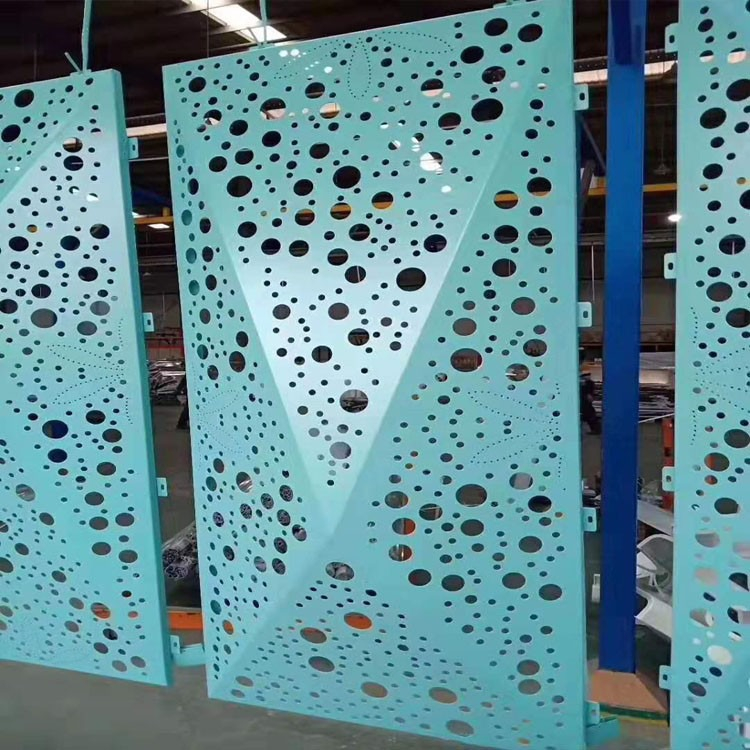

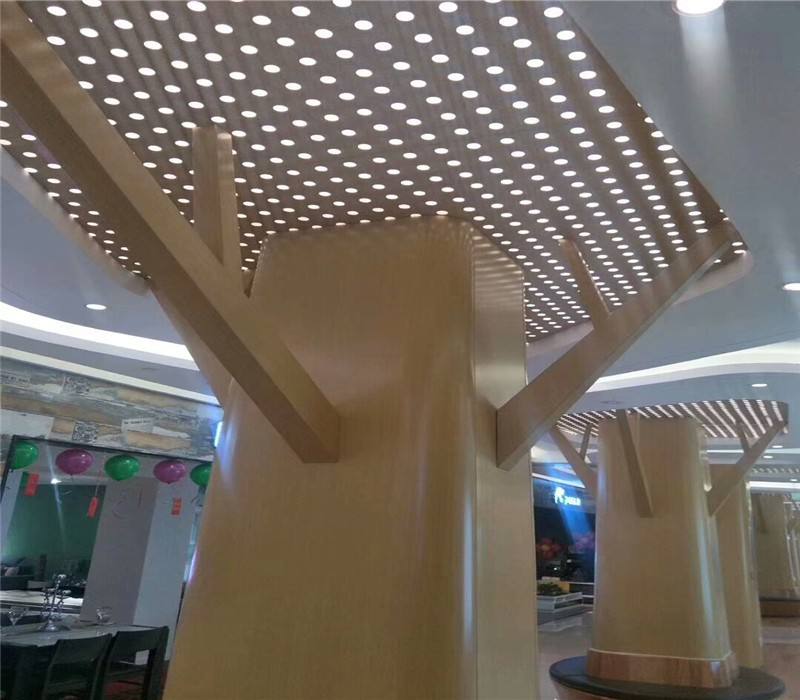
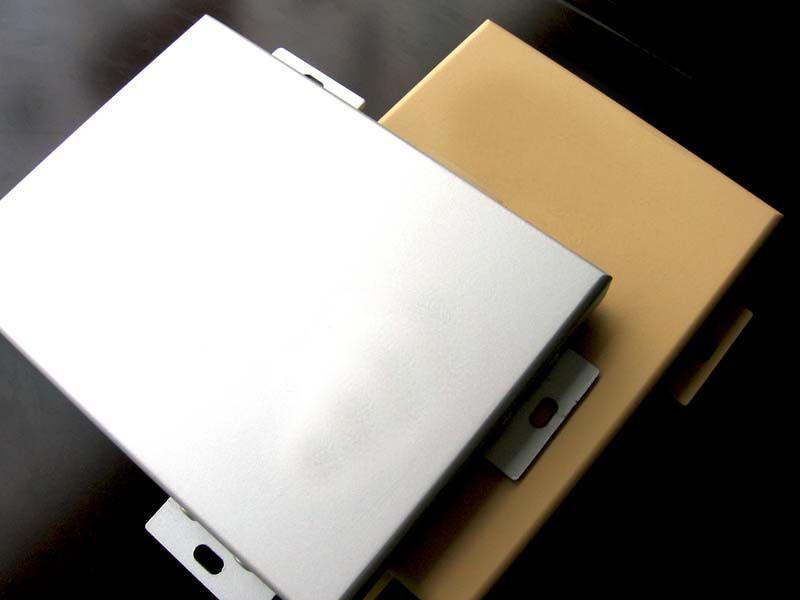
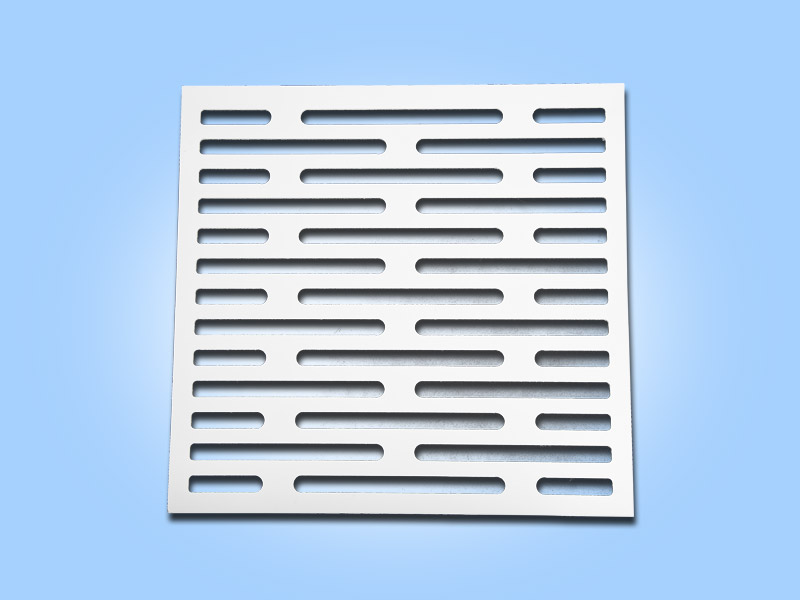
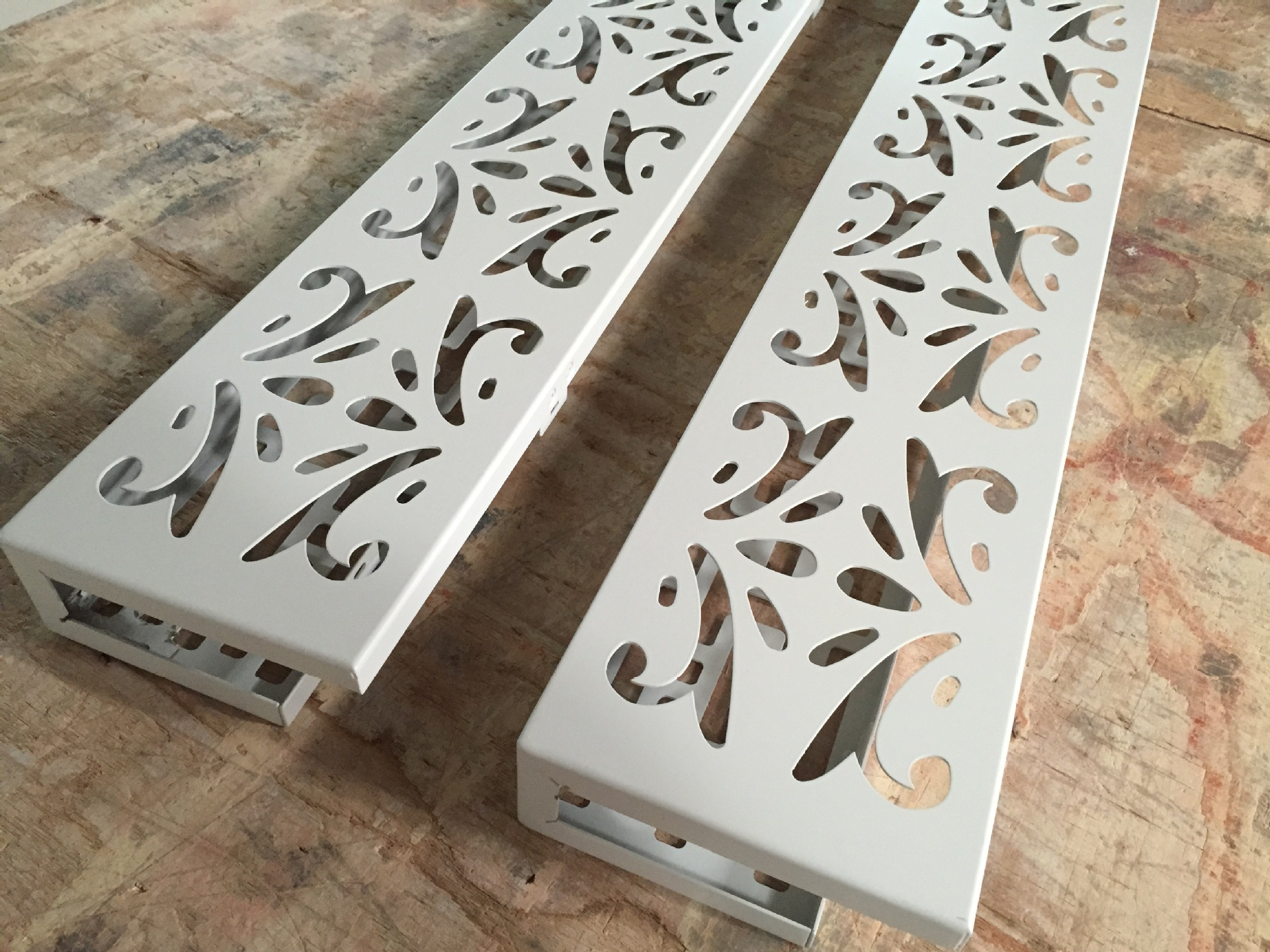
 Customer service QQ
Customer service QQ